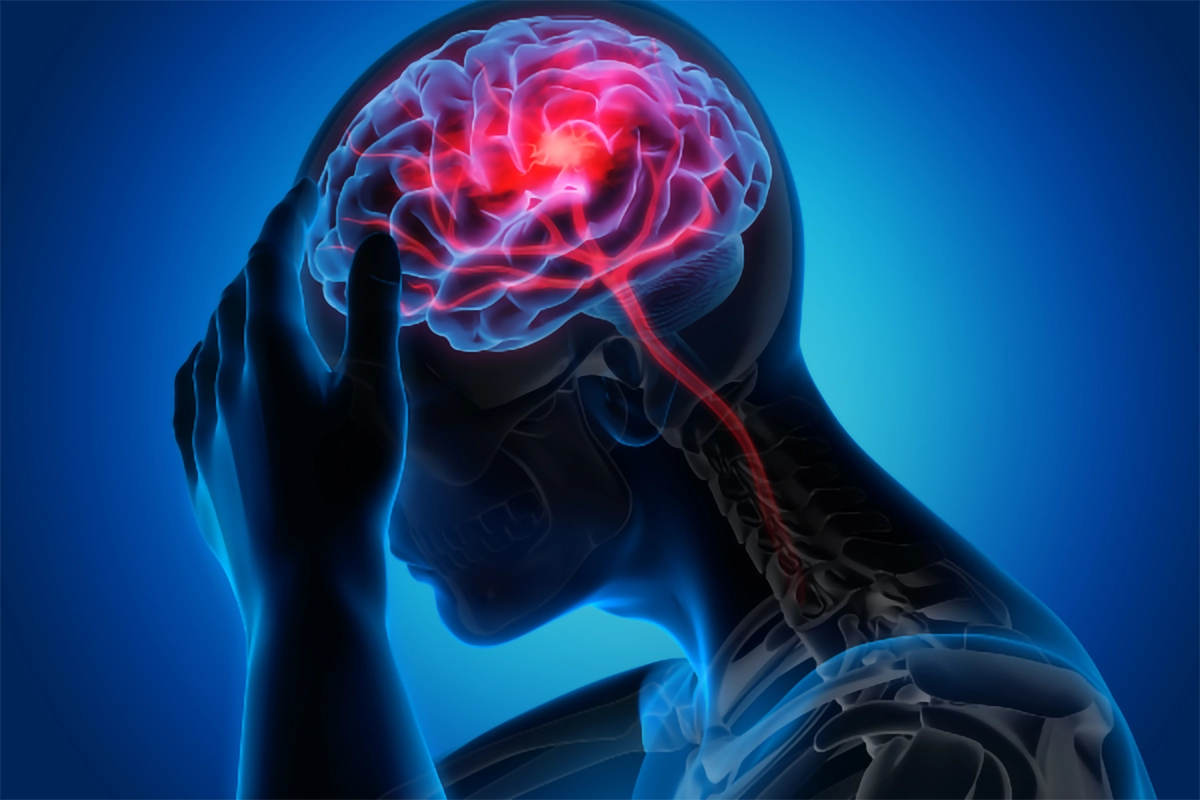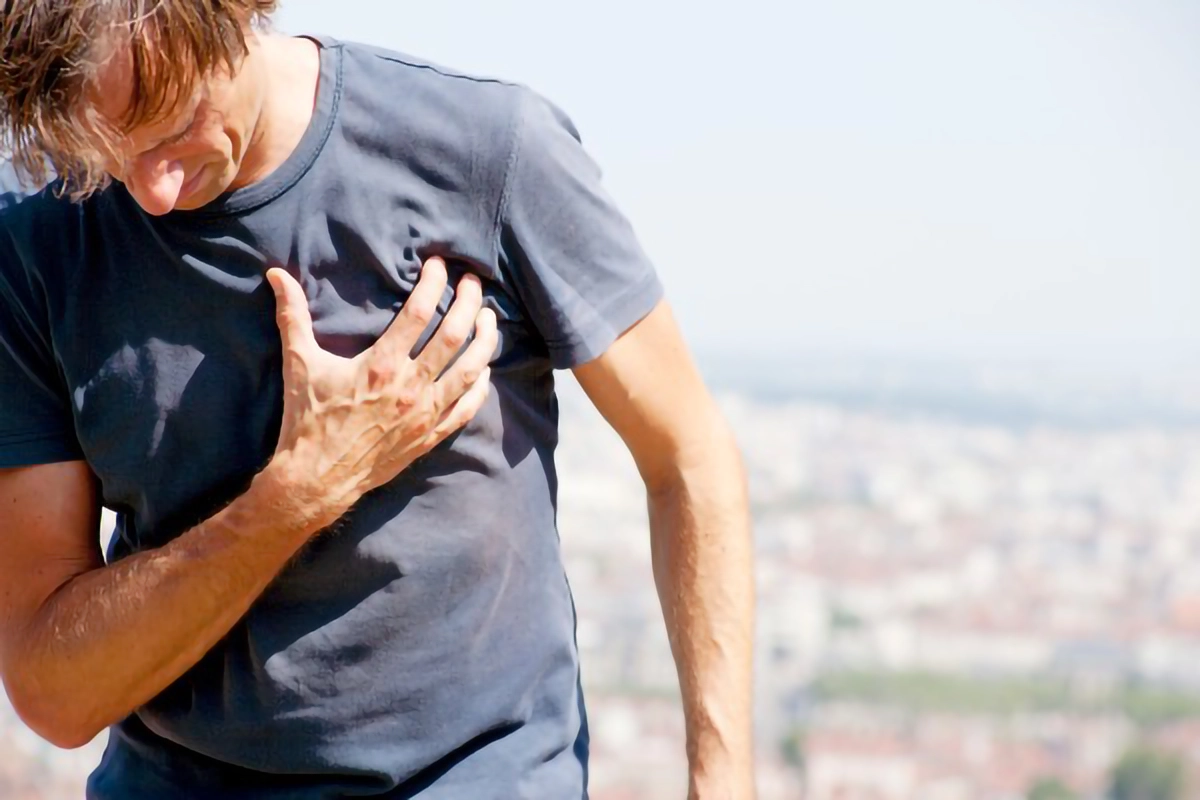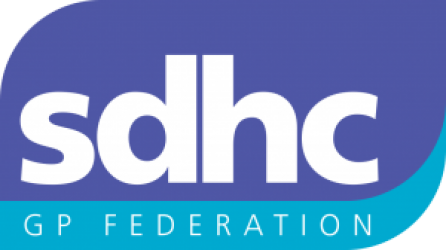We use cookies to help provide you with the best possible online experience.
By using this site, you agree that we may store and access cookies on your device. Cookie policy.
Cookie settings.
Functional Cookies
Functional Cookies are enabled by default at all times so that we can save your preferences for cookie settings and ensure site works and delivers best experience.
3rd Party Cookies
This website uses Google Analytics to collect anonymous information such as the number of visitors to the site, and the most popular pages.
Keeping this cookie enabled helps us to improve our website.
Stroke - Dr Ludmila Fjodorova

What is a Stroke?
A stroke happens when blood flow to a part of your brain is suddenly interrupted. This can happen without any warning, and the symptoms can appear very quickly. Knowing what stroke symptoms look like and getting medical help right away can improve the chances of a good recovery. There are two main types of strokes. One type happens when a blood vessel in the brain bursts and causes bleeding. The other type happens when something blocks the blood flow to the brain. In both cases, the brain doesn't get enough blood and oxygen, which can harm brain tissue.
What are the symptoms of a stroke?
The common symptoms of a stroke are:
- Numbness or weakness in the arm, face and leg affecting one side of the body
- Speech disturbance causing difficulty in speaking, difficulty understanding others speaking or slurred speech


Remember the word FAST to recognise the main symptoms of a stroke
- Face: Look at the person's face. Has it drooped on one side? Can they smile? Check if their mouth or eye looks droopy.
- Arms: Ask the person to lift both arms. Are they unable to keep one arm up due to weakness or numbness?
- Speech: Listen to their speech. Is it slurred or hard to understand? Can they speak at all? Do they seem confused by what you're saying?
- Time: call 999
Types of stroke
There are two main types of strokes. One type happens when a blood vessel in the brain bursts and causes bleeding. The other type happens when something blocks the blood flow to the brain. In both cases, the brain doesn't get enough blood and oxygen, which can harm brain tissue.
There is also a mini-stroke, known as a transient ischaemic attack (TIA) - it is a condition similar to a stroke, but symptoms only last for a short period. The symptoms occur because a clot temporarily blocks the blood flow in your brain. Once the clot clears, the symptoms go away.
Even if you feel fine afterward, it's very important to seek medical attention immediately.


What Are the Main Risk Factors for Stroke?
Key risk factors include:
- High blood pressure
- High cholesterol
- Irregular heartbeat (atrial fibrillation)
- Diabetes
How is a Stroke Treated?
A stroke is an emergency. The earlier treatment begins, the better the outcome. If you suspect someone is having a stroke, call 999 right away.
Patients are taken to the nearest hospital with a specialized Stroke unit. In East Sussex, stroke units are located at Eastbourne General Hospital and Royal Sussex County Hospital in Brighton.
What Happens in the Hospital?
Upon arrival, you will be assessed by the stroke team and may undergo an urgent brain scan (CT). Based on the scan results, you might receive clot-busting treatment, which is given through an injection into your vein. Not all patients are eligible for this treatment.
You will then be admitted to the stroke unit for rehabilitation, which may include physiotherapy, speech therapy, and other specialized care. Recovery varies based on factors like age, the severity of symptoms, and whether clot-busting therapy is used. Some patients may recover completely and return to normal life, while others may need extended rehabilitation.
How Can I Reduce My Risk of Stroke?
- Eat a healthy diet
- Stay active and exercise regularly
- Quit smoking
- Limit alcohol consumption
References:
Published: Sep 26, 2024
